Editor’s Note: CNN National Correspondent Sara Sidner has led the network’s coverage from Minneapolis after the killing of George Floyd, and from Ferguson after the death of Michael Brown in 2014, and investigates hate in America.
When I first saw the video, my head turned away. It was a visceral and uncontrolled physical reaction. I couldn’t stomach seeing a man gulping air like a fish — his face pushed flat on the hot, dirty pavement with a knee bearing down on his neck. It was painful to watch. Though of course nothing like the pain of the man experiencing such an act of sanctioned violence. That man was 46-year-old George Floyd.
But I’m a reporter and so I forced myself to watch it again and again. I did so a dozen times. I was trying to get all the words that were being said. I was counting the number of times Floyd told the officer, “I can’t breathe.” The number of times bystanders begged police to get off his neck. The number of times he said, “They gonna kill me.” The one time he called out to his dead mama.
My job that day was to tell people about Floyd’s final moments so I had to make sure I had the details right. But I hated doing it because I knew I was searing those images into my brain forever. Watching someone be tortured leaves you with a unique helplessness, especially when you know the ultimate outcome. Bile rose in my throat more than once. I retched as I watched.

It was not the first time. There is a vicious cycle that makes it all the more disturbing. I know what comes next, I’ve done this for more than a decade. The video comes out, we break it down. I take it all in, and we go report to find out what happens. Each time I wonder if it will be the last. I also fear and wonder sometimes how soon the next one will be. What is enough? When is enough? Will this be the time that the people, the earth, and this country is moved?
When I arrived on the streets of Minneapolis, protests were raging by people who had also watched that video. I felt the anger and sorrow myself but shoved it down to my toes so I could be a journalist with open eyes and an open mind. I walked the streets listening to people’s hurt and outrage. Black people, Native people, Latino people, white people, immigrants and people from all walks of life.
I didn’t have to try to understand their words. I could feel their devastated souls rip through my own.
“Where do I put my anger?” a young black teenager asked me. I did not want to tell him that I push mine down to the bottom of my soul, because that’s not good advice. I told him he’d have to figure out what works for him. But I said destroying things won’t fix his anger. He promised he was just raising his voice, but he said the destruction all around, including the torching of the Third Precinct police station, was a message because no one was listening before and now even the powerful were listening.
I abhor violence. I don’t go to violent action-packed films. I can’t deal with scary, tense horror flicks. My body can’t handle it. I’ve seen too much of it in real life. I have covered wars and seen what remains after the bombs fall and bullets stop. My eyes cannot un-see the dead babies, the disfigured adults, the blank stares of war-torn people trying to find their way back to some semblance of a life. I can still see the faces of families mangled by war and terrorism in Libya, Afghanistan, Sri Lanka, India, Pakistan, the Palestinian territories and Israel. I try to shut it all out, but it is futile. Seeing injustices and brutality against any of my fellow Americans in my own country is a special kind of torment. Seeing black and brown folks often taking the brunt of violence both by community members and at the hands of police can be unbearable.
As the days rolled on and the protests in Minneapolis grew, so did my sorrow. The destruction will make life so much harder for the all residents of the neighborhood where Floyd was killed, especially the elderly, or those without easy transportation. Two of their grocery stores, Target, and a fast food joint all gone in one block. The neighborhood was already deprived. Now it’s a disaster zone. It is just another indignity to endure where they are mourning a terrible death in their streets.
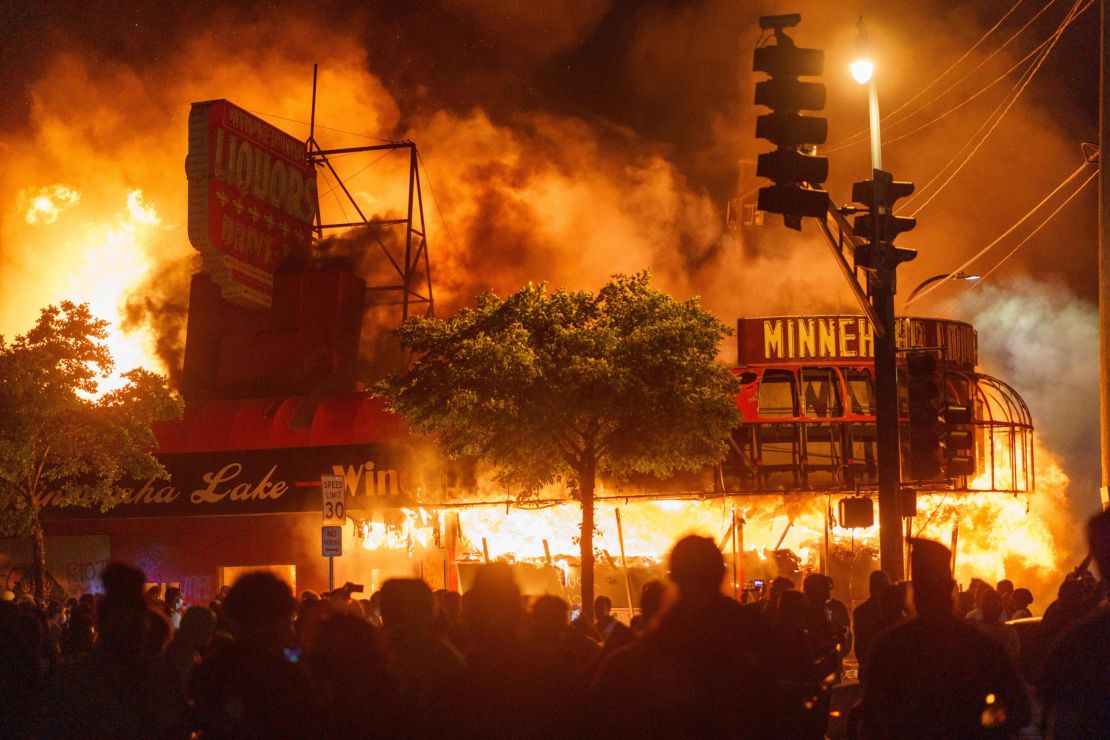
One evening, before sundown, I stood where George Floyd was killed, interviewing a black nurse who had helped treat a cyclist she said had been struck by a man driving a truck through a protest line.
At the end of the interview she said, “Hey the chief is behind you. I think he’s praying.”
“The chief?” I said, “What chief?” I turned around and there stood Minneapolis Police Chief Medaria Arradondo. Well, I guess we missed the moment, I thought, but decided to go to try to talk to him. I was sure he wouldn’t engage. Never have I ever been able to get a police chief to talk one-on-one so soon after an event where his officer or officers are accused of killing someone and sparking huge protests.
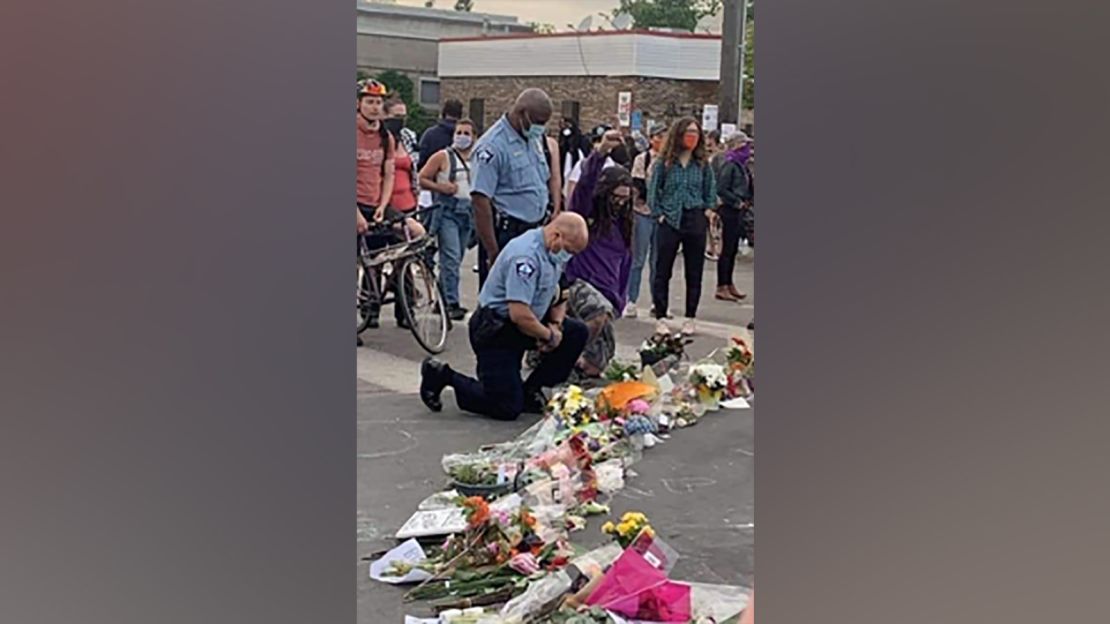
But this time was already different. I had never seen a chief go to the neighborhood where a police-involved killing had occurred while protests were raging. When I chased down the chief in Ferguson, Missouri, after the killing of Michael Brown, he was combative and defensive.
But here was Arradondo. So I told myself, “Have an open mind, do not judge this situation. Just let it unfold.” I do that a lot in this line of work. Remind myself I am there to listen and ask questions on behalf of the American public. This was about to be much more than just that.
My producer, Jason Kravarik, told our control room that we were going to try to talk to the chief, and it could be a moment to take live. Unbeknownst to us, anchor Don Lemon was having an emotional conversation with one of George Floyd’s brothers, Philonise Floyd, and the Floyd family attorney Benjamin Crump at the same exact time. They had not yet spoken to Arradondo. And they had a question for the chief.
All of a sudden, I found myself in a unique position. I become a conduit between the police chief and a family suffering terrible pain because of the actions of his officers. I felt a weird kind of fear. The fear of letting someone down in their worst moments. The fear of getting it wrong. I would never forgive myself if I screwed this up. I just wanted to make sure I was conveying the true sentiments from the Floyd family to the chief so there was no miscommunication.
What unfolded was remarkable. As we went live, I told the chief that we were on live with the family of George Floyd and he responded by removing his cap. The show of respect was the first sign that things were going to be real. No official canned remarks. No rehearsed lines. No nonsense.

Words can’t convey the tension and emotion that oozed onto the screen but you can watch it here. What I can say is afterward I broke down in tears. I walked away from the crowd, the chief and the spotlight and sat on a stoop and bawled.
Hours later as I continued to report from what became the people’s memorial to George Floyd, a man from the neighborhood approached me. He told me he had immigrated to the US from Liberia after enduring two civil wars there. “I just want you to know that your interview with the chief changed my mind about something,” he said. “I always thought police were against us. They were not human to me. They were uniforms that caused us trouble. I will never look at them the same way after the way that chief acted. He showed respect. I see that they are human after all.”
I went to the car and cried for the second time that day. After days of searing anger, a simple act of compassion and respect from someone in power to a suffering family was the thing that changed a man’s mind.
It reinforced what I have always wanted to believe. Kindness is more powerful than rage. Compassion is mightier than anger. Understanding is the key to change.
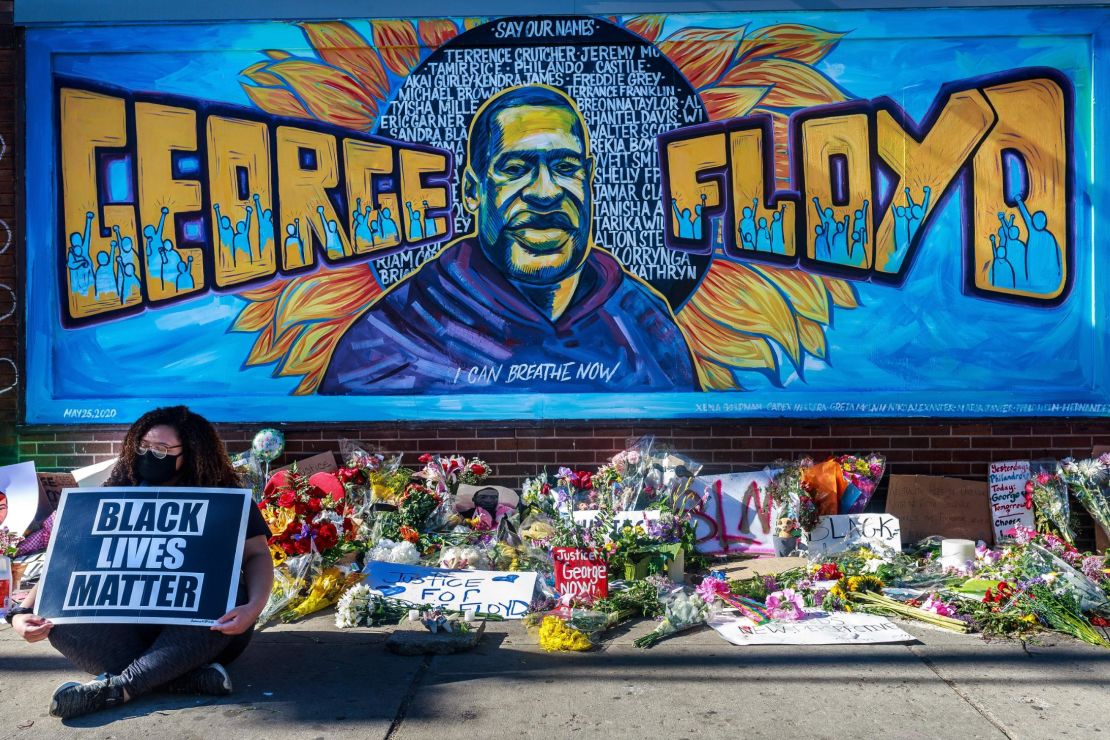
I have fought all my professional life as a journalist to separate my biases from my writing and my work. I have recently realized that it may be more honest to name those biases and explain how I am telling the story while at the same time forcing myself to remain objective and having editors help me get it right.
I cannot say that I am not profoundly affected by the sorrow of my fellow human beings. It is crushing sometimes. But as well as having the desire to tell stories like all journalists do, I have a drive to do the hard things, to cover racism and hate in all its forms in the US.
I never wanted to be the reporter who ONLY covered issues in the black community. I care about a thousand things and yet it is clear that the black American experience keeps showing up in my inbox and won’t be ignored.
Growing up biracial in the 1970s made conversations about race unavoidable. My white mother was constantly asked if I was adopted or why my hair was so “fuzzy.” Later in life, one of the people around me got comfortable enough to use the N-word, only to tell me that they weren’t talking about me, of course, because they said, “I wasn’t really black.” My childhood in the South left with me with a lot of unanswered questions. I am still trying to answer one of those questions: Why do people hate each other because of their skin color? I have many responses. None of them suffice.
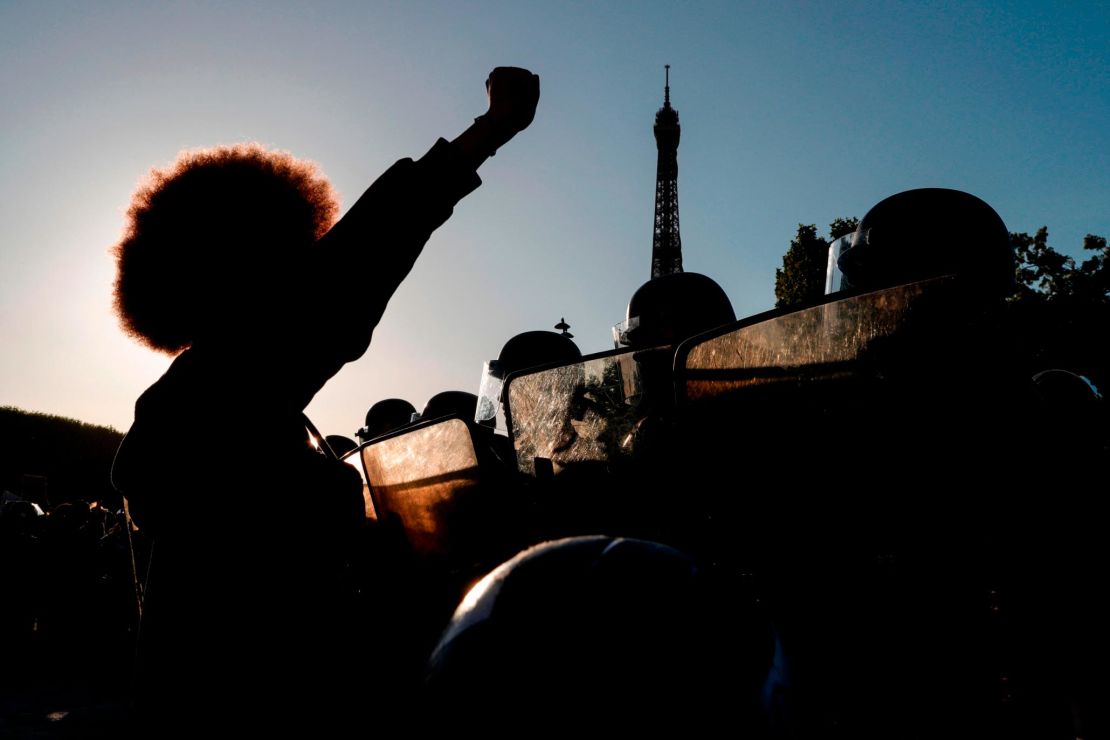
As a mixed-race woman, my color can be helpful and make me a target all at the same time. I blend in spaces all around the world and people refer to me as American. But in America I am never allowed to just be American. I am a black American. That’s fine with me.
On the one hand, protesters sometimes believe I understand them because we likely have a shared experience. And they are correct. On the other hand, some police see me as a protester, another black face in the crowd even when I identify myself as a journalist. I know this, so I can name it and move on with my job. When I see violence on the part of protesters or police, I name that too. Police have a job to do. It is often dangerous and unpleasant. But how they do their jobs is important to investigate.
It was the same six years ago when I was standing in Ferguson, Missouri, watching the world around me be set on fire, literally and figuratively. The anger, the frustration, the sorrow and the calls to action after the shooting death of Michael Brown by officer Darren Wilson was the same. The protests lasted more than 100 days and I was there for much of it. The story became a part of my personal history as well as America’s history.
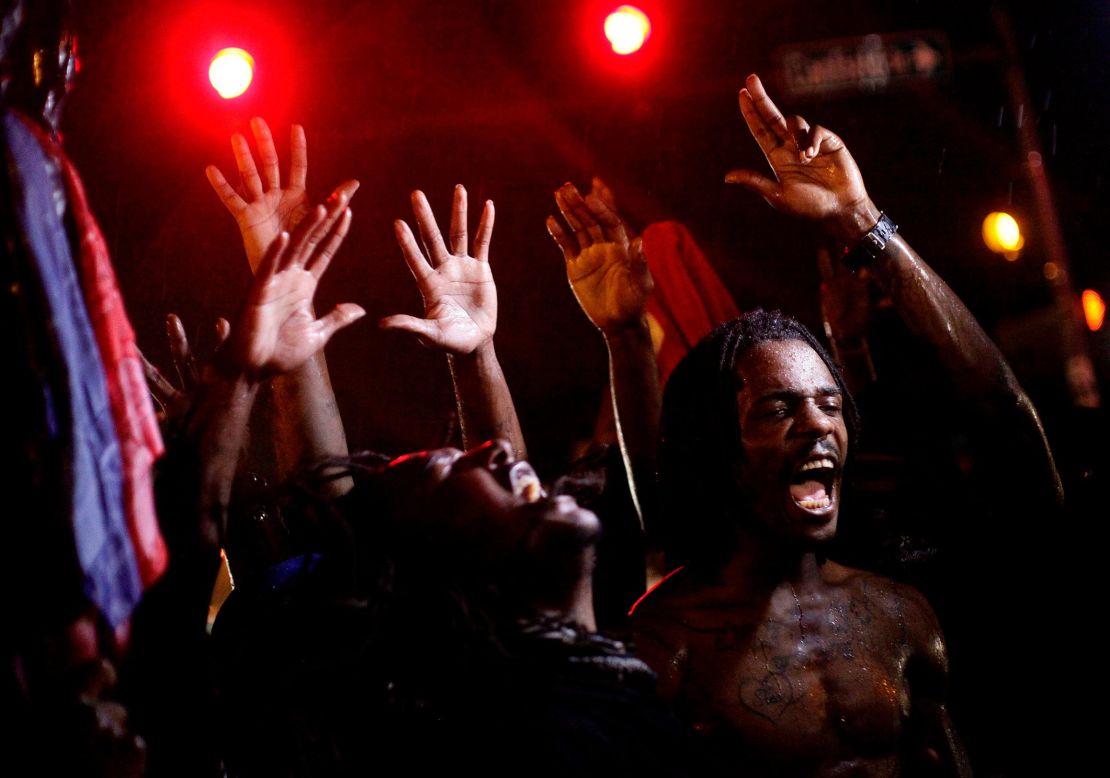
In Ferguson I was initially met with hostility by protesters who felt the media was not portraying their side of the story fairly. I was cursed out live on the air for saying the protests had turned violent at times. I was hit in the head with a bottle or rock (never could figure out what) while covering the fires being set.
Over time, the protesters and I seemed to come to an understanding that I was always going to say what I saw, but I would recognize the pain and reasons of those who wanted to burn it all down. The Ferguson and St. Louis County police could not have cared less if I and other journalists had a right to be there. Some did not treat us as people with constitutional rights to be there to bear witness.
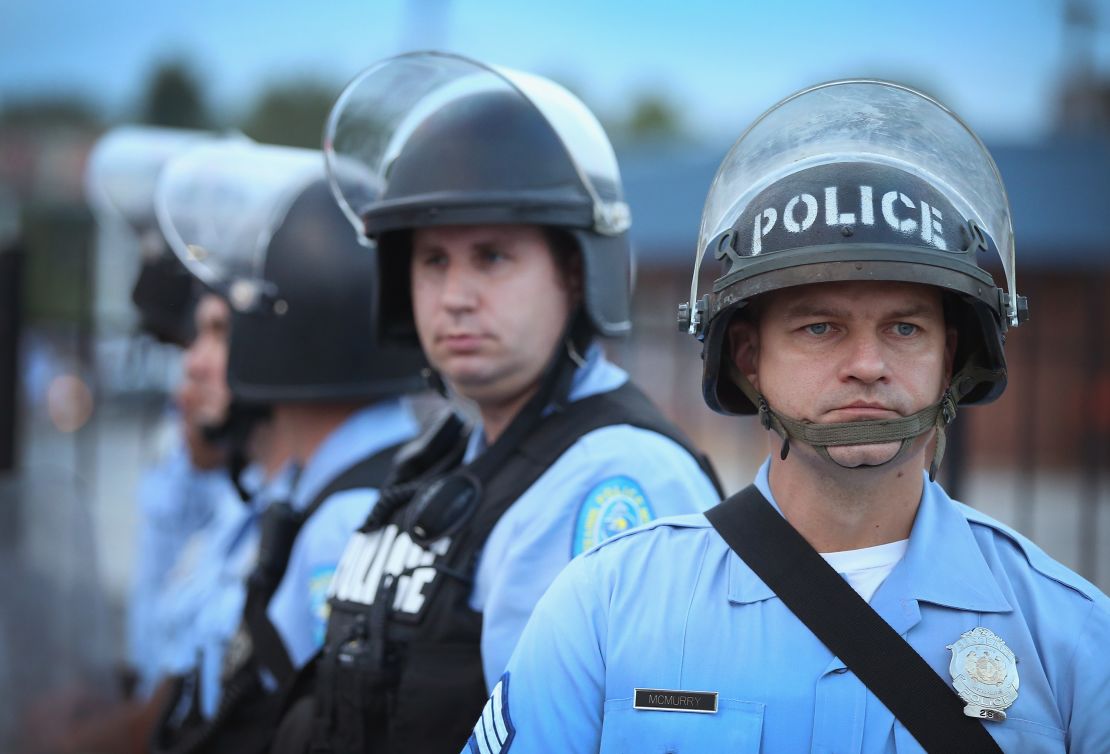
After the months of daily protests, I wondered if Ferguson would be the case that changed the world or at least American policing. It began with Brown being stopped for jaywalking in his own neighborhood. Minutes later he was shot to death by a police officer. The details were disputed but not that the city exploded. It was not just about Michael Brown’s blood in the streets. The black and poor there were sick and tired of being over-policed. The endless ticketing for things like jaywalking and driving offenses, done not just for public safety but to pour money into the city and police department coffers at the expense of the people who could least afford it, as the Justice Department subsequently found.
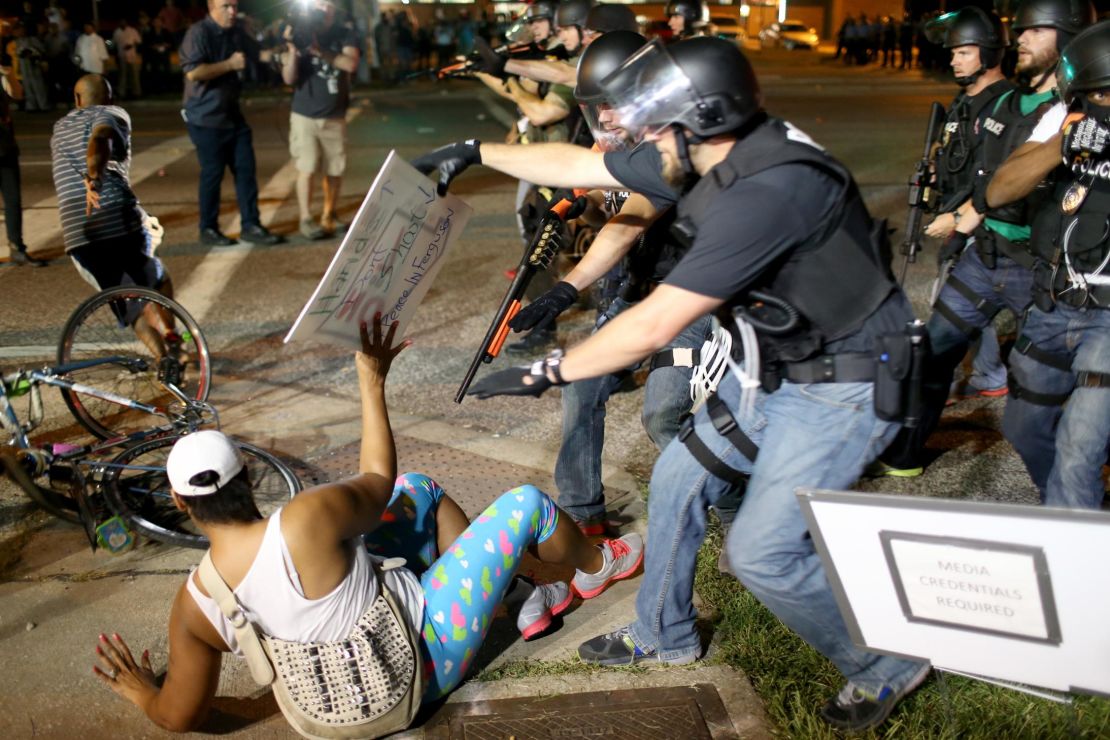
In Ferguson no video ever emerged of what happened between the officer and Michael Brown. A grand jury declined to indict Wilson and there was no agreement about what happened.
The people in the streets of Ferguson hoped for a change in American policing. But it did not happen. Instead, what came next felt like more punishment for people of color. We witnessed a sudden increase in activity in the racist chatrooms we monitor. There was a more public outpouring of an “us against them mentality.” Black Lives Matter vs. Blue Lives Matter vs All Lives Matter. Arguments ensued. People took sides. Politicians wavered and did not take action.

A few weeks before Brown’s death, Eric Garner died in a police chokehold even after crying out, “I can’t breathe.” A few months later, Tamir Rice, a 12-year-old boy, was shot and killed by a police officer who saw him with a toy gun. In 2015, I was in Baltimore reporting on protests after Freddie Gray died following an arrest and being put in a police van. Walter Scott was shot and killed while running away from a police officer in South Carolina. In November that year, I found myself at another police shooting of an unarmed black man, this time in Minneapolis. His name was Jamar Clark. For 18 days a few dozen residents gathered every day in front of the Third Precinct to protest his death and called for change.
All of the 2014 and 2015 cases of police killings of black men that sparked mass protests happened while America’s first black president was in office. And African Americans weren’t just dying at the hands of police. Dylann Roof massacred nine people at Bible study in a church in Charleston, South Carolina, simply because they were black. The marching and outrage seemed to drain from the streets and slow down by 2016. The attention turned to politics and a new force of personality: Donald Trump. White supremacists were emboldened more online and I could see that a physical manifestation would come, I just didn’t know when or where.
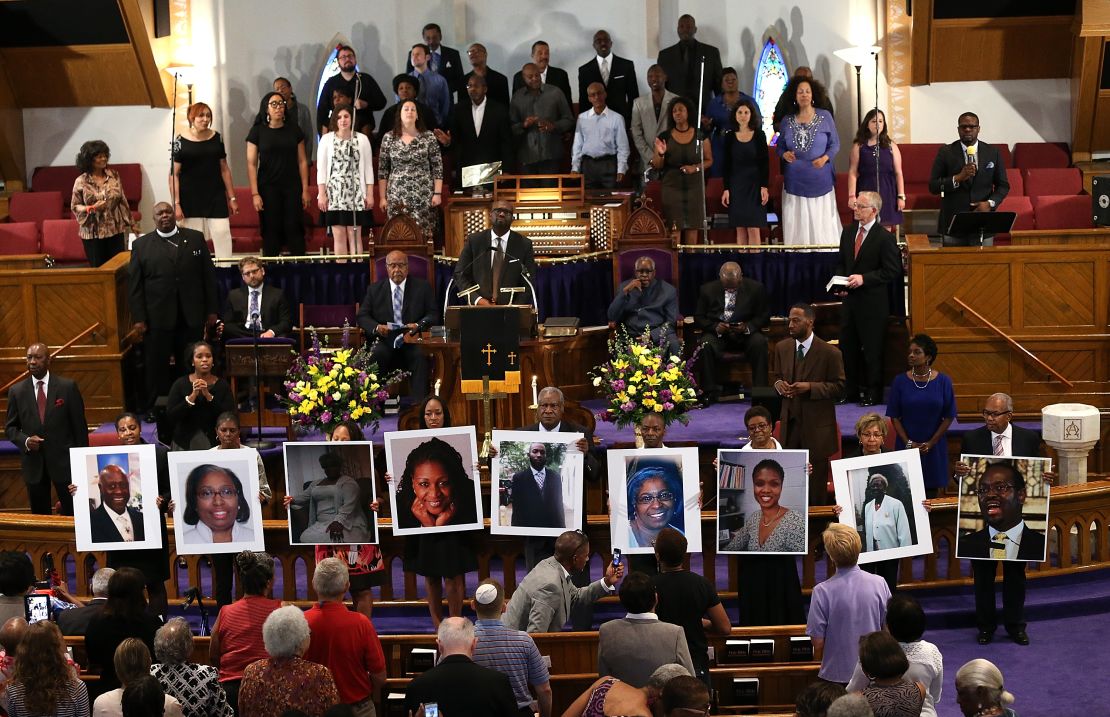
In August 2017, white supremacists and neo-Nazis marched openly on the streets of Charlottesville, Virginia. Counterprotesters turned out to challenge them and one, Heather Heyer, was killed and many more injured when a white supremacist drove his car deliberately into a crowd.
Covering this hate and these losses could destroy my faith in humanity. Both Garner and Floyd were stopped for alleged non-violent crimes — selling untaxed cigarettes and allegedly using a counterfeit $20 bill. And yet both died violent deaths. Covering these are hard but I just try my damnedest to get to the truth. I won’t always get it right, of course not. I will always be a work in progress and perfection in journalism does not exist. And I still have my faith in humanity.
I don’t know why something has broken loose and made America and the world respond. Perhaps it is so many people seeing what I saw, the unbearable long minutes of suffering George Floyd had under the knee of a police officer. Perhaps it’s been heightened by the isolation we have undergone as individuals facing the coronavirus.
I have many questions, for myself, for the audience, for America. I hope to be there when the answers come.

What I do know is that George Floyd’s death, and the country’s reaction to it, is different. It has already created change within 10 days. Policy changes in policing are now the top priority in some states. Chokeholds and other potentially deadly restraints are being banned. Even Confederate flags are being removed from spaces including NASCAR events. Change is happening. My fear is if history will repeat itself and a nasty backlash by those who fear change emerges.







